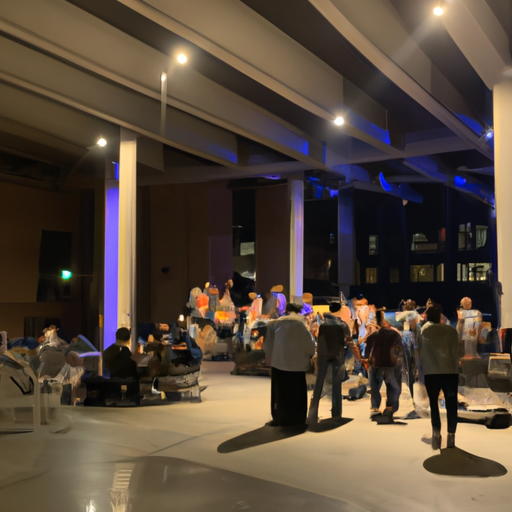Reflections on the Canadian Opioid Crisis: An Unforeseen Event
The continued depth and breadth of the opioid pandemic across Canada is notable not just in its tenacity but in the stark reminders of lives lost, families fractured, and communities disrupted. Recently, a solemn event in Sudbury, Ontario brought to the fore the stark realities which are often buried beneath the sheer weight of statistics. The event honoured lives lost to the opioid crisis and provided an outlet for shared grieving, as well as an opportunity for the community to rally and take tangible action against this public health crisis. This is the CTV report I will be reviewing today.
The Human Face of the Opioid Crisis
The Sudbury event was poignant in its aim to remember those who had succumbed to opioid use. It was a grim reminder of the ever-increasing death toll that continues despite considerable efforts being undertaken to stem the tide of the crisis. The event showcased the all too real human face of the crisis, far removed from the dry, detached morbidity figures we are often confronted with.
The Cycle: Homelessness, Crime, and Opioids
The opioid crisis intersects directly with issues of homelessness and crime, forming a complex web of socio-economic problems that must be addressed in tandem to effect any significant change. Homeless individuals, often excluded from proper healthcare services, are significantly more likely to resort to illicit drug use. This leads to a predictable increase in crime rates, as individuals struggle to maintain what often becomes an expensive dependency on opioids.
Efforts to Combat the Crisis
Despite the alarming scale of the problem, efforts are underway at various levels to combat the opioid class action. From grassroots community organizations to top-level government initiatives, Canada is showing a multi-pronged approach:
• Naloxone distribution: Naloxone kits are being widely distributed in communities as an emergency response method. Potentially lifesaving, naloxone can effectively halt the effects of an opioid overdose until professional medical help can be reached.
• Class action lawsuit: Communities across Canada have joined forces seeking damages from opioid manufacturers and wholesalers, asserting that they knowingly flooded communities with their product and mistook profits for the welfare of the public.
• Community initiatives: Grassroots movements are organizing events such as the one in Sudbury, bringing together communities and encouraging discourse and collective action against the crisis.
• Government policies: The Canadian government has undertaken initiatives such as increasing funding to areas severely affected by the crisis, policy changes to improve access to addiction treatment and reducing the stigma associated with substance use.
In Conclusion
The opioid crisis can be viewed as a red flag that our societal systems are failing to adequately protect vulnerable segments of our population. Events such as the one in Sudbury are critical for inciting dialogue and action. It highlights that change is not only desirable but vital if we are to avoid more casualties to the crisis.
Although tackling an issue as multifaceted as the opioid crisis may appear daunting, coordinated and persistent efforts at all levels are necessary for progress. The task at hand is clearly great. However, the tools and collective will to take on this challenge continue to grow, raising hopes for a future where opioids no longer wreak havoc on our communities.
As members of civil society, we must understand the ubiquity and urgency of the opioid epidemic. Armed with this understanding, we are better equipped not just to support combat efforts against the crisis but also to advocate for those who are least able to represent themselves.
I would like to end this post on a positive note, focusing on the strength of the communities that are coming together despite the adversity they’re facing. The continued efforts by activists, community leaders, healthcare professionals, and policymakers are truly commendable. The opioid crisis is a collective struggle, and together we can and should strive toward a healthier, safer future for all.
